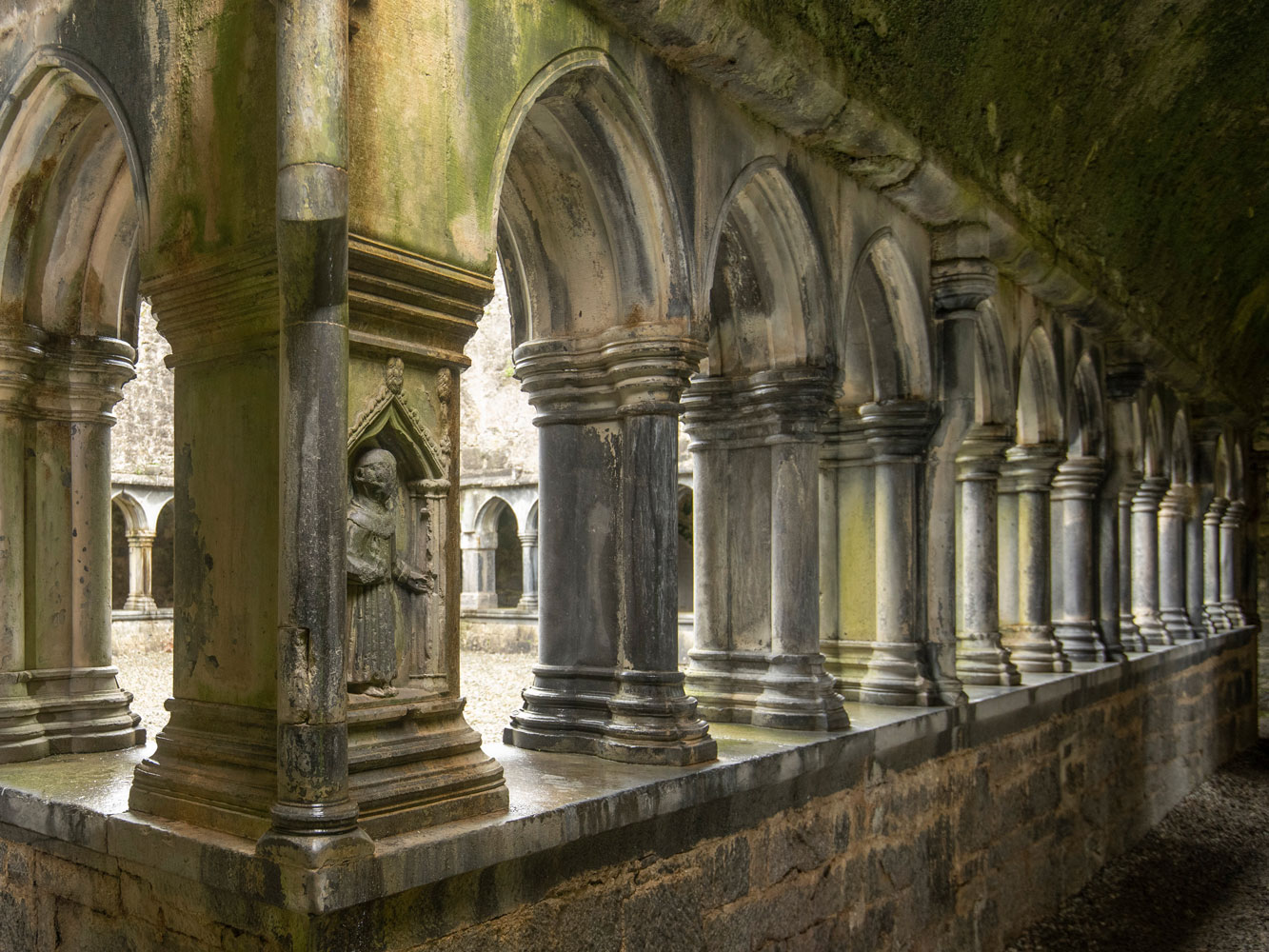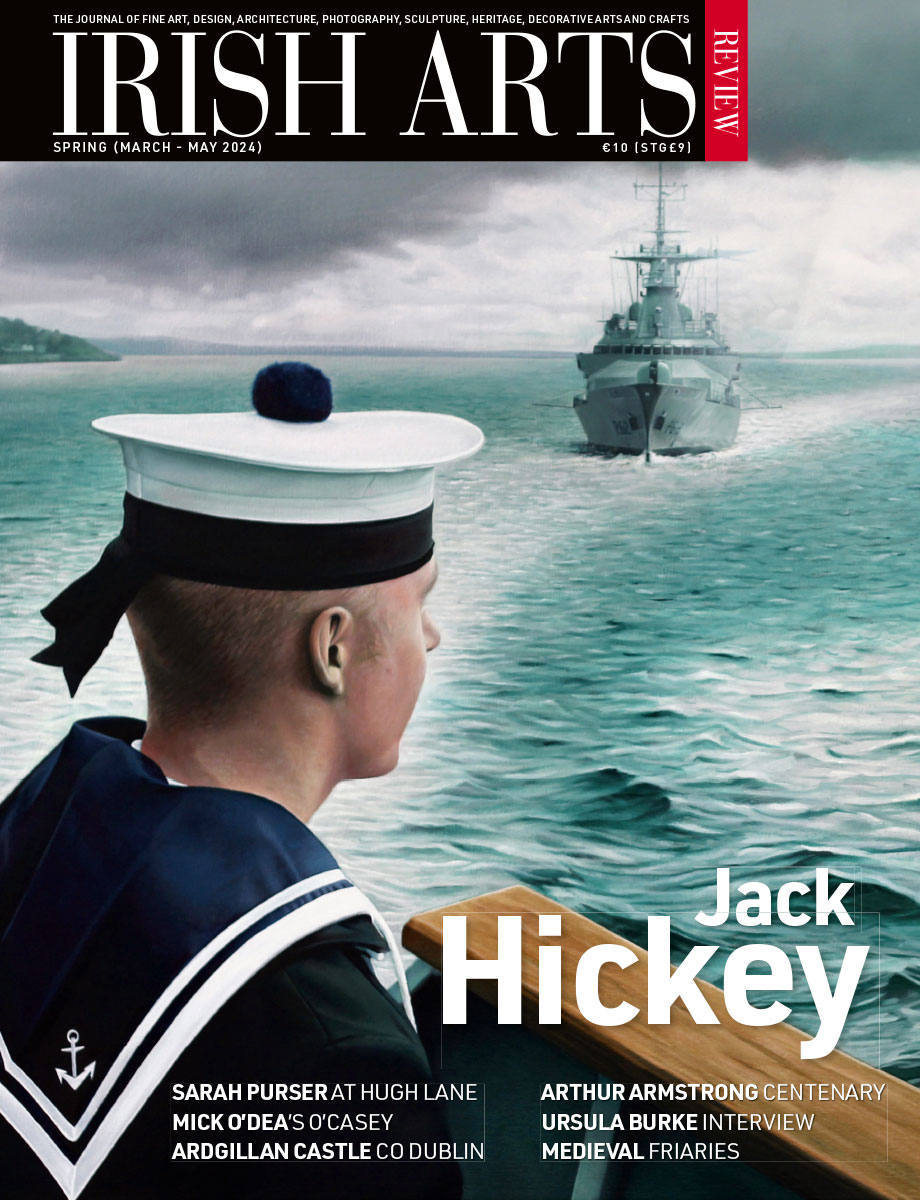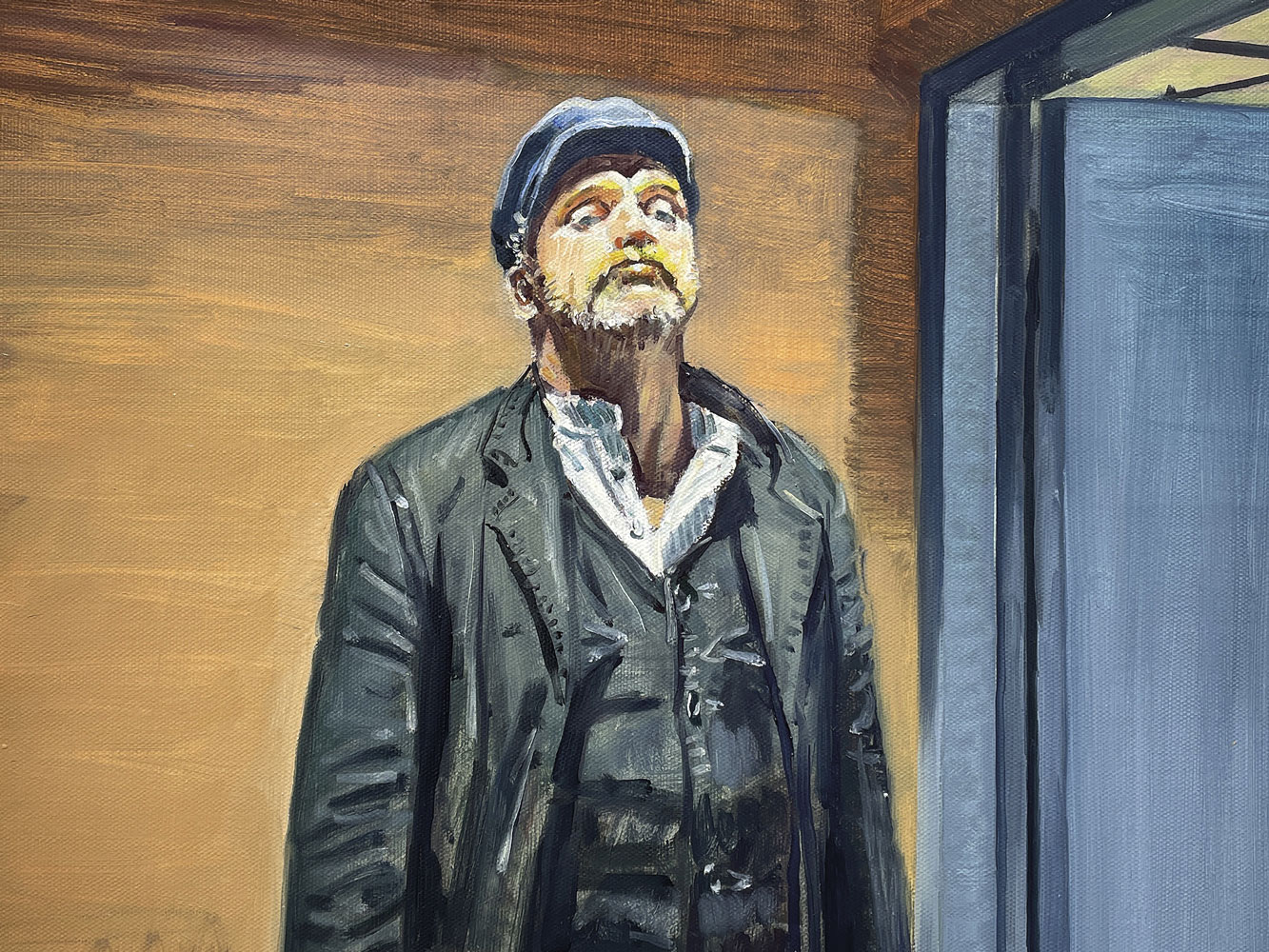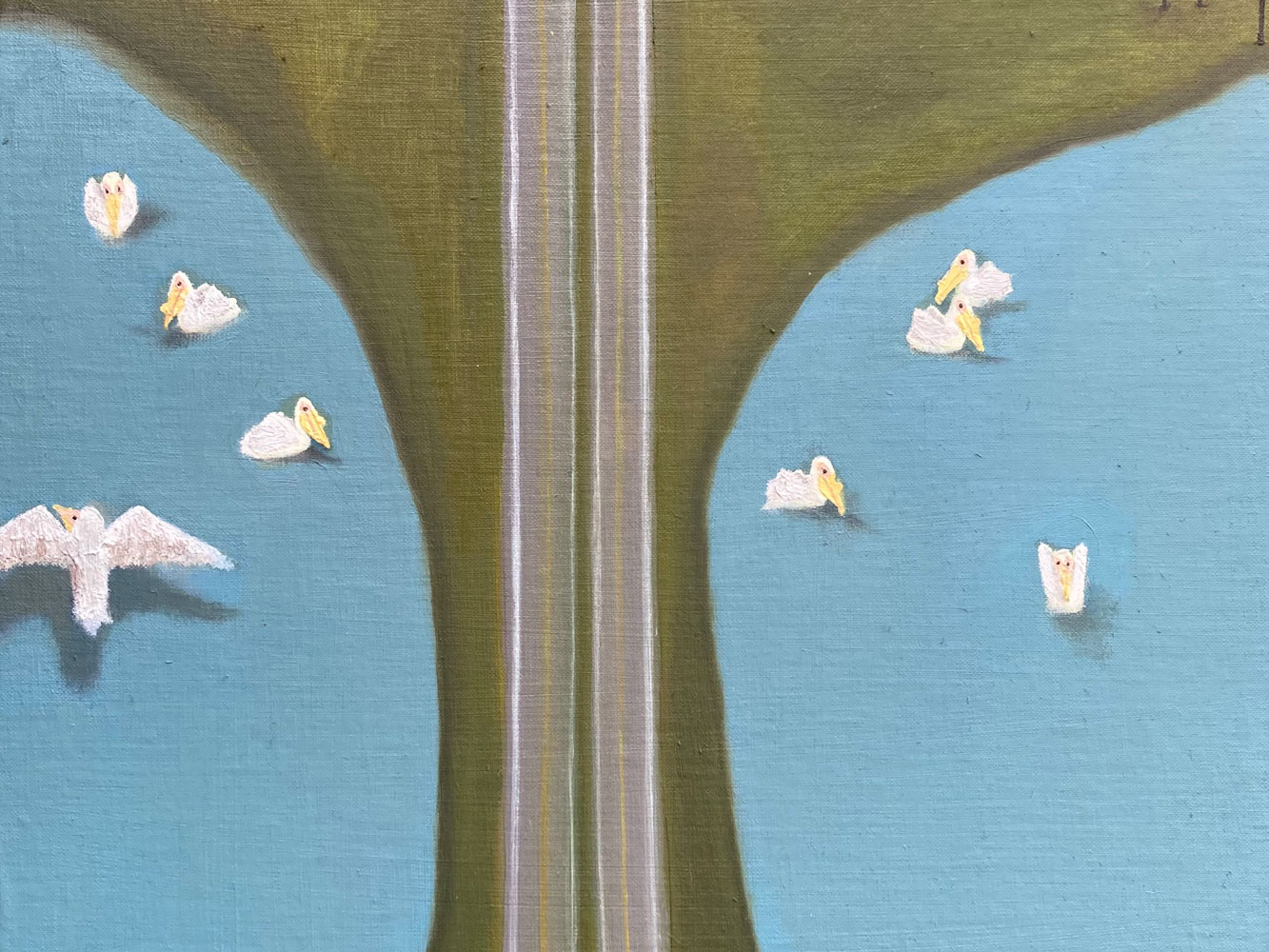Roger Stalley elucidates architectural gems from the Middle Ages, the friaries of the West of Ireland, where many cloisters and carvings remain intact

Along the west coast of Ireland, from County Donegal to County Kerry, lies a delightful sequence of medieval friaries, worthy of recognition as an architectural counterpart to the Wild Atlantic Way. Each of the friaries is designed around a cloister, and many of these are beautifully preserved. The cloister ranks as one of the most enduring inventions of the Middle Ages, exploited by monasteries, convents and friaries throughout the Christian world. It provided an open court around which monastic buildings could be arranged in orderly fashion, the passages along each flank providing a convenient means of circulation. Cut off from the outside world, cloisters were places of peace and serenity, the flanking arcades adding to the beauty and harmony of the architectural space. Most but not all of those surviving in the West of Ireland belonged to the Franciscan order, whose way of life had a particular appeal to Gaelic society in the later Middle Ages, a time when the friars were busily engaged in architectural construction.
To read this article in full, subscribe or buy this edition of the Irish Arts Review


What is urgent for artists working in Ireland? Sarah Kelleher explores the RDS Visual Art Awards at the Irish Museum of Modern Art

John P O’Sullivan surveys Mick O’Dea’s paintings of characters from the playwright Seán O’Casey’s plays

There is a confidence about Mollie Douthit’s practice, which is slow and considered, writes Margarita Cappock